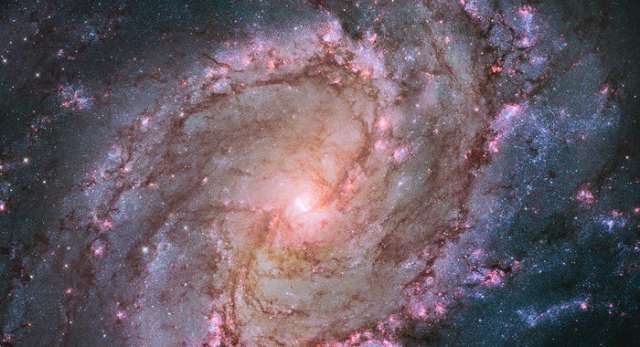The Smith Cloud has been on scientist`s radar since it was discovered in 1963, but its origins and chemical make-up were a mystery for a long time. Some thought the cloud could be a starless galaxy or just a giant body of gas, falling in to the Milky Way from intergalactic space.
However, by observing the cloud with the Hubble Space Telescope, a team of scientists from the University of Notre Dame in Indiana, led by Dr Nicolas Lehner, have determined the cloud is made up of elements also found in the Sun - revealing that it originated in the outer limits of the Milky Way, but was somehow ejected into space around 70 million years ago.
The astronomers were able find out the composition of the cloud by observing the light from distant galaxies that passed through it. By observing which wavelengths of ultraviolet light made it through the cloud, they discovered it is as rich in sulfur as the outer disk of the milky way, meaning it originated in our galaxy - if it came from somewhere else in outer space, it would not be tainted with so much sulfur.
No one yet knows how the Smith Cloud was spat out into space. In around 30 million years, the cloud will collide with the galaxy - a long time in human years, but a relatively short period in cosmic terms.
Nasa`s most stunning pictures of space
When the cloud does make its way back into the Milky Way, astronomers believe it will trigger a huge star formation event. The Smith Cloud is around 9,800 light years long (or around 58 quadrillion miles), so it contains enough matter to generate over two million new stars in the galaxy.
Dr Lehner says the discovery shows gas recycling is an important mechanism in the evolution of galaxies.
The team`s study, On the Metallicity and Origin of the Smith High-Velocity Cloud, authored by Dr Lehner, Dr Andrew J Fox and a number of others, was published this month in the Astrophysical Journal Letters.
Such a huge star formation event rarely happens so close to the Earth, so the Smith Cloud could provide fertile research ground for astronomers well into the future.
More about:
















































